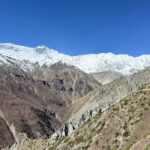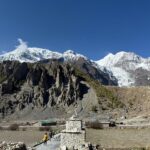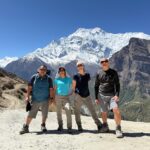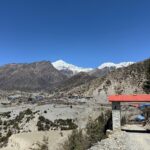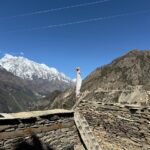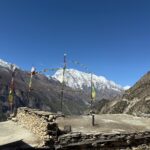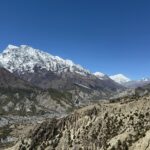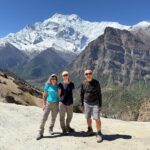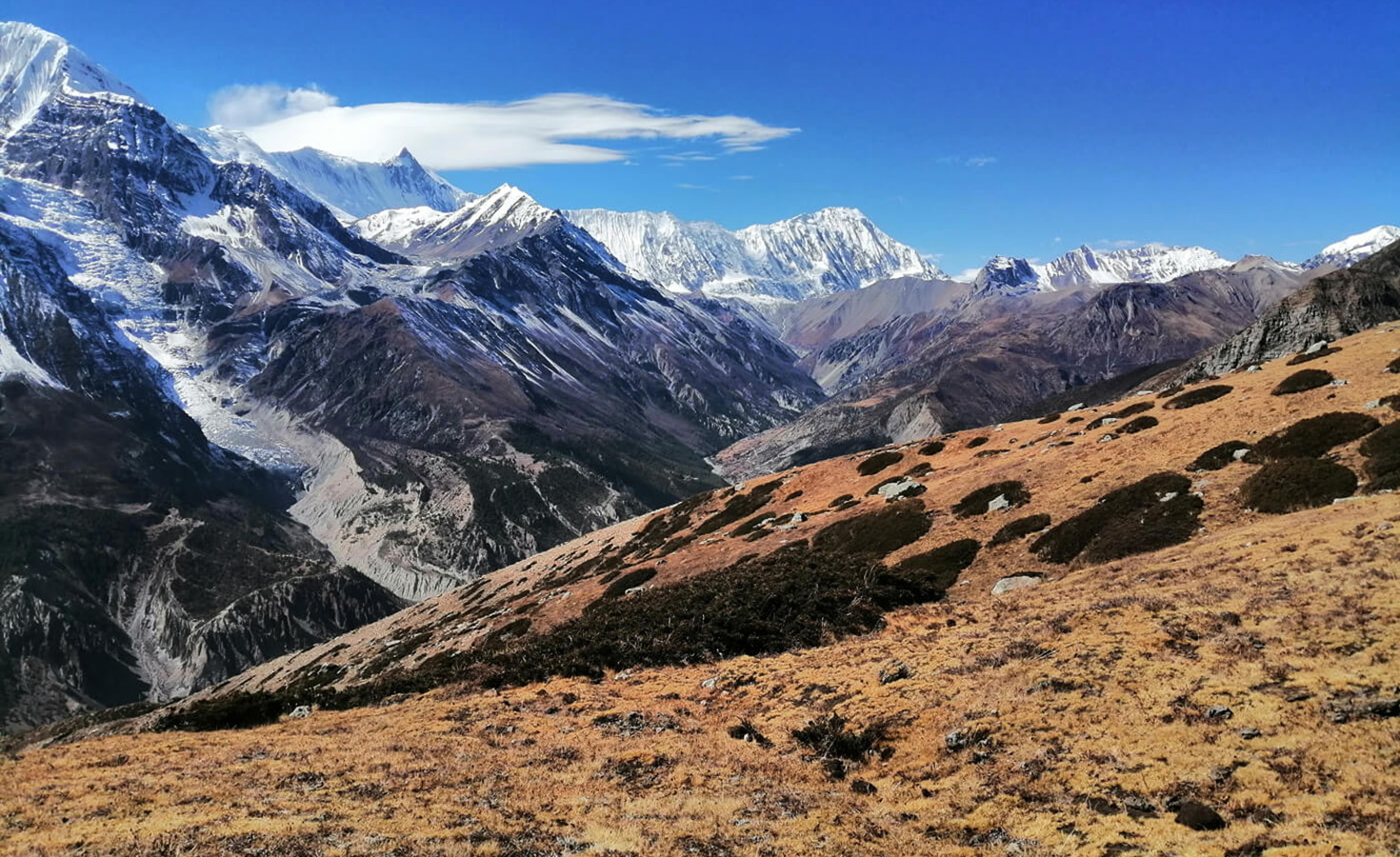
How to Trek in Nepal on a Budget
How to Trek in Nepal on a Budget: Plan during the off-season, eat local, use public transport, join groups, and book your trek with a local trekking agency in Nepal.
Trekking is Nepal’s most well-known activity; it provides paths to peaceful valleys, stunning mountain views, and culturally rich towns. Although many people view trekking in Nepal as an expensive experience, clever planning and wise decisions can help to make it a financially sensible trip. From choosing less-known paths to cutting food expenses, this book will help you explore Nepal’s trekking paths reasonably and still have a good experience.
Here are 11 tips on How to Trek in Nepal on a Budget.
1. Stick to Vegetarian Meals
Opting for vegetarian dishes during your trek is one of the easiest ways to cut costs. Non-vegetarian meals tend to be pricier since transporting meat to remote locations can be challenging. Moreover, fresh meat is often hard to come by on high-altitude trails, making vegetarian options not only safer but also more budget-friendly. In Nepal, popular vegetarian dishes include dal bhat (lentils with rice), momos (dumplings), and noodle soup, all of which are nutritious and satisfying.
2. Bring Reusable Water Bottles and Purifiers
As you climb higher into the mountains, the price of bottled water can increase dramatically. Using a reusable water bottle along with a portable water purifier or purification tablets can help you save a lot of money while also being eco-friendly. You’ll find streams and taps along many trekking routes, and purified water is safe to drink. This simple step helps reduce both waste and costs.
3. Stock Your Backpack with Essentials
Many basic items, like toiletries, sunscreen, first aid supplies, and over-the-counter medications, can be quite expensive in trekking areas. To avoid paying inflated prices, gather these essentials in Kathmandu or Pokhara before you set off. Make sure to pack items like wet wipes, toilet paper, lip balm, and bandages to prevent unexpected expenses during your trek.
4. Bring Along Chocolate Bars and Protein Snacks
Energy bars, chocolates, and dried fruits are crucial for long treks. They offer quick energy boosts, especially when you’re facing steep climbs. While these snacks can be found along trekking routes, they are often sold at much higher prices than in urban areas. By packing your own snacks from a supermarket in Kathmandu or Pokhara, you can save money while keeping your energy levels up.
5. Use Local Currency (NPR) and Exchange Dollars Before Starting Your Trek
In remote areas, foreign currencies are not commonly accepted, and exchange services can be scarce or offer unfavorable rates. It’s advisable to convert your dollars or other foreign currencies into Nepalese rupees (NPR) in Kathmandu or Pokhara, where you’ll find better rates. Using local currency simplifies transactions and helps you avoid extra fees.
6. Go With Local – Book Your Trek With a Local Trekking Agency in Nepal
International trekking agencies often have much higher fees due to their overhead costs. Choosing a local trekking agency in Nepal not only saves you money but also supports the local economy. These agencies provide experienced guides and porters at competitive prices, ensuring you have a quality experience without breaking the bank.
7. Book Your Nepal Trek Early
Booking your trek in advance can lead to discounts on permits, accommodations, and guide services. Planning ahead also helps you find better deals on flights and gear rentals. During peak seasons, prices for these services can increase significantly, so early reservations are a smart way to keep your budget in check.
8. Plan Your Trek During the Low Season
The low trekking season in Nepal generally occurs between June and August (monsoon) and December to February (winter). During these times, you can find lower prices for accommodations, meals, and guide services. While trekking in the monsoon can be tough due to rain, areas like Mustang and Dolpo are in the rain-shadow region, making them excellent choices. Winter treks are perfect for lower-altitude routes, offering clear skies and fewer crowds.
9. Use Public Transport Before and After Your Trek
Taking private jeeps or flights to trailheads like Lukla or Jomsom can be quite pricey. Instead, consider using public buses or shared jeeps to get to your starting point, as this can help you save a lot of money. For example, buses from Kathmandu to Pokhara or Besi Sahar (the starting point for the Annapurna Circuit) are affordable choices. While public transport may take more time and be less comfortable, it’s a budget-friendly way to travel.
10. Organize Your Trek With a Group
Trekking with a group allows you to share the costs of guides, porters, and accommodations. Group bookings often come with discounts, and splitting expenses for transportation and other logistics can further lower individual costs. Plus, trekking with others creates a sense of camaraderie and enhances safety in remote areas.
11. Choose Less-Known Trekking Route
Well-known trekking spots like Everest Base Camp and the Annapurna Circuit tend to be pricier due to their popularity. By opting for less-traveled paths such as the Manaslu Circuit, Langtang Valley, or Mardi Himal Trek, you can find more affordable options that are just as rewarding. These trails are typically less crowded, and the prices for lodging and meals are usually lower.
Conclusion
Trekking in Nepal on a budget is entirely possible with the right strategies. You can cut expenses without sacrificing the quality of your vacation by adopting local customs, using less-traveled paths, and visiting off-peak times. Nepal presents an unmatched walking experience combining breathtaking scenery, rich cultural legacy, and kind hospitality. Your Himalayan trip can be remarkable and reasonably priced with good preparation.

